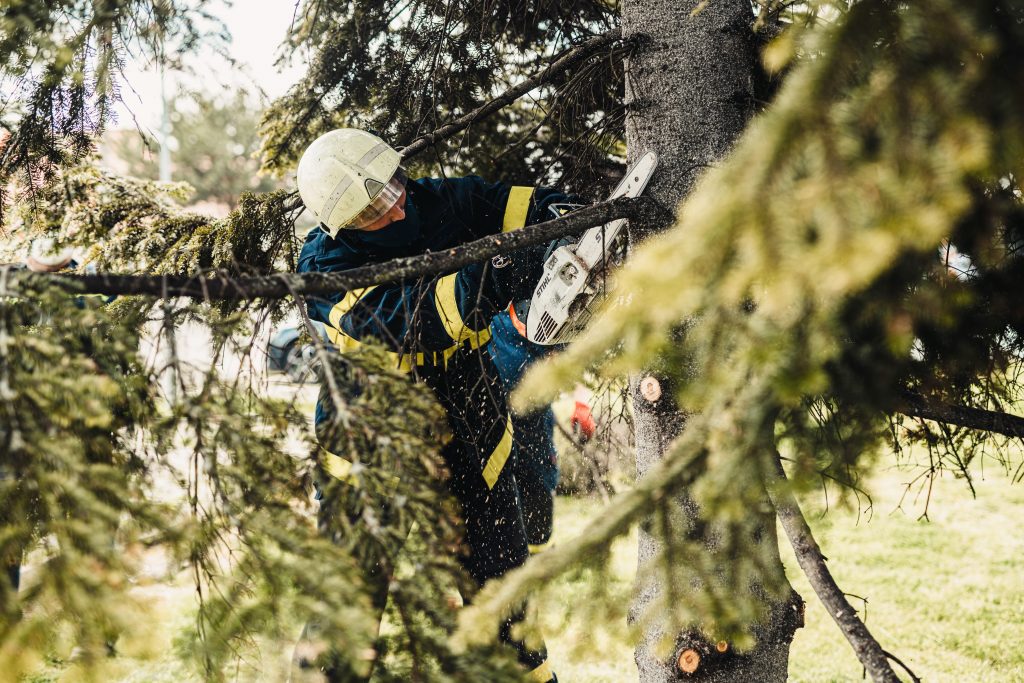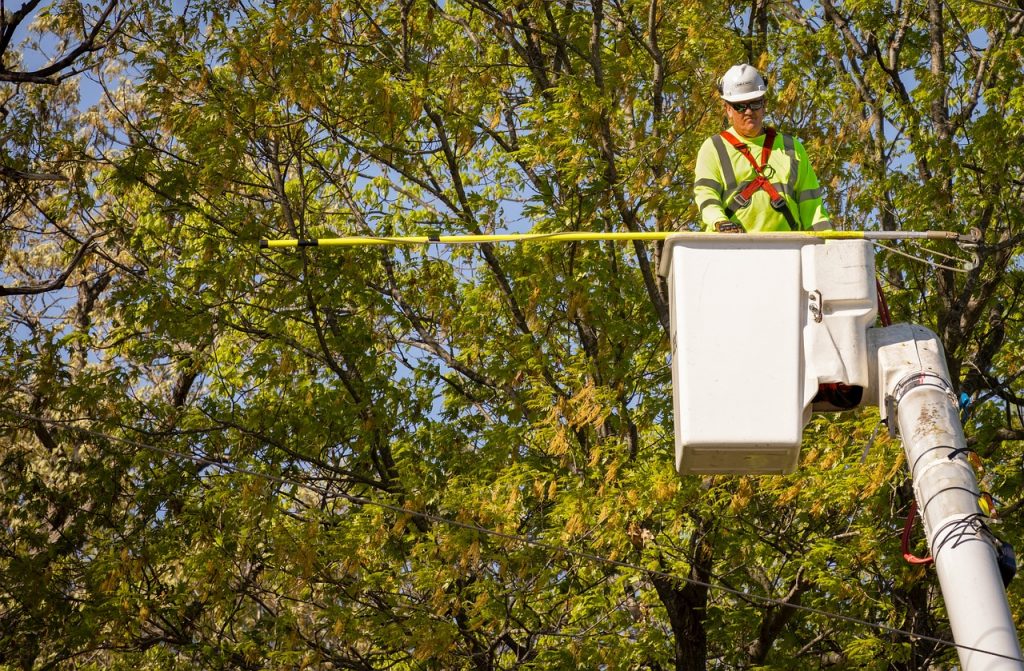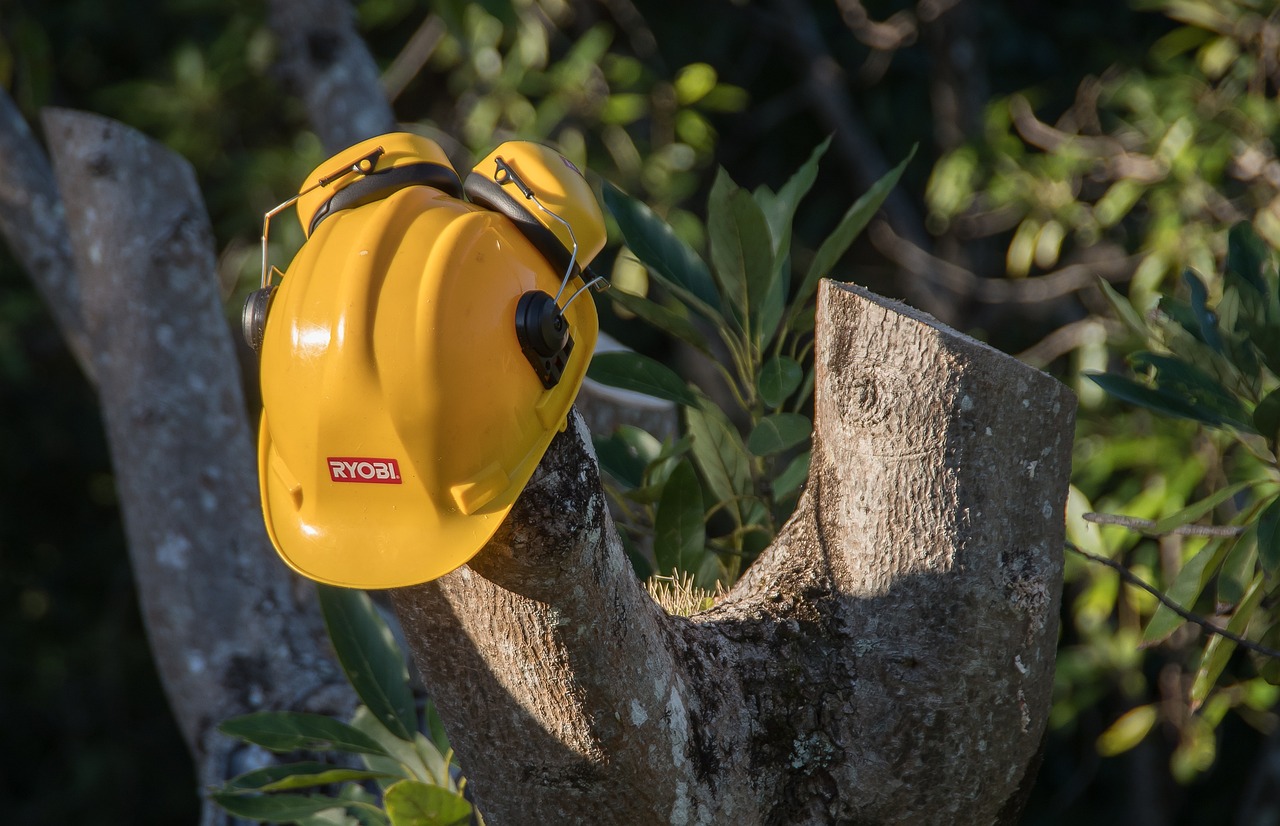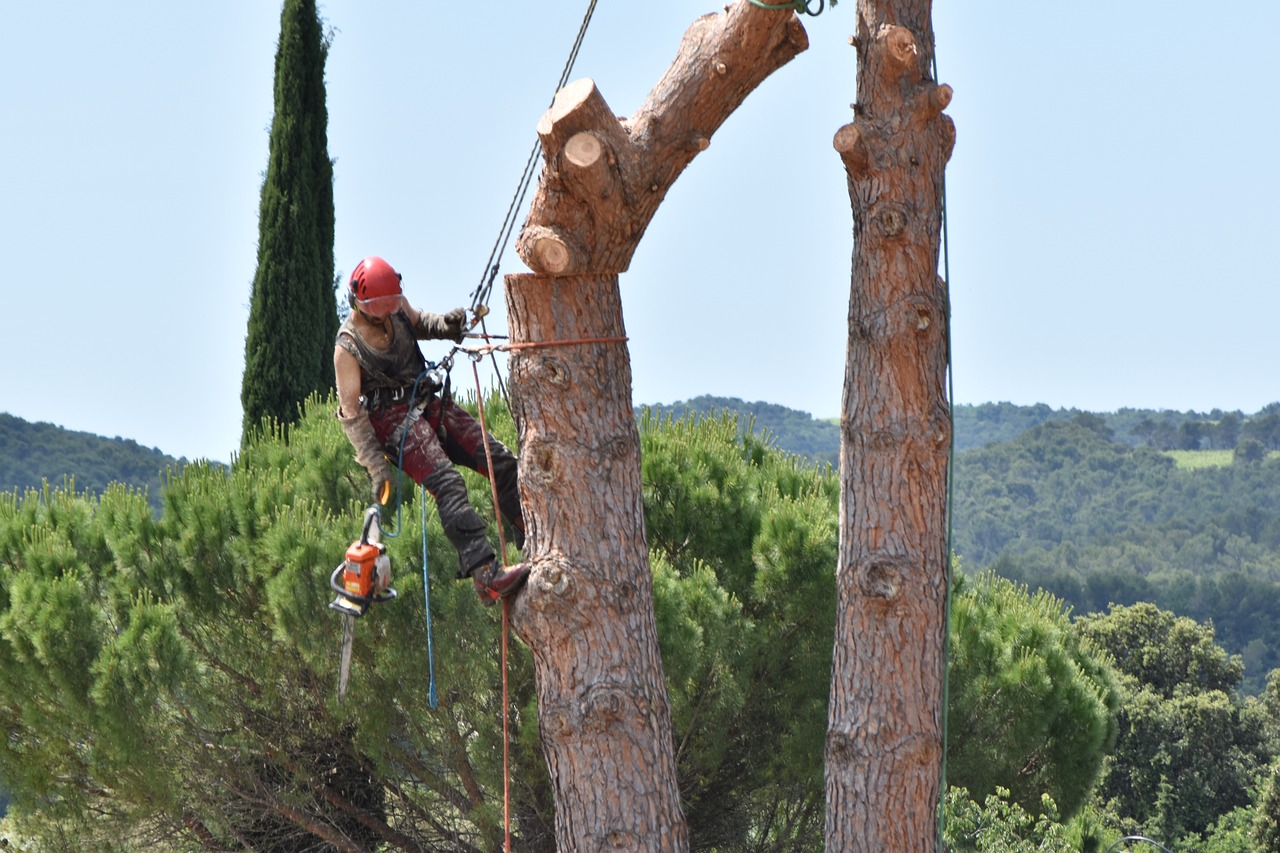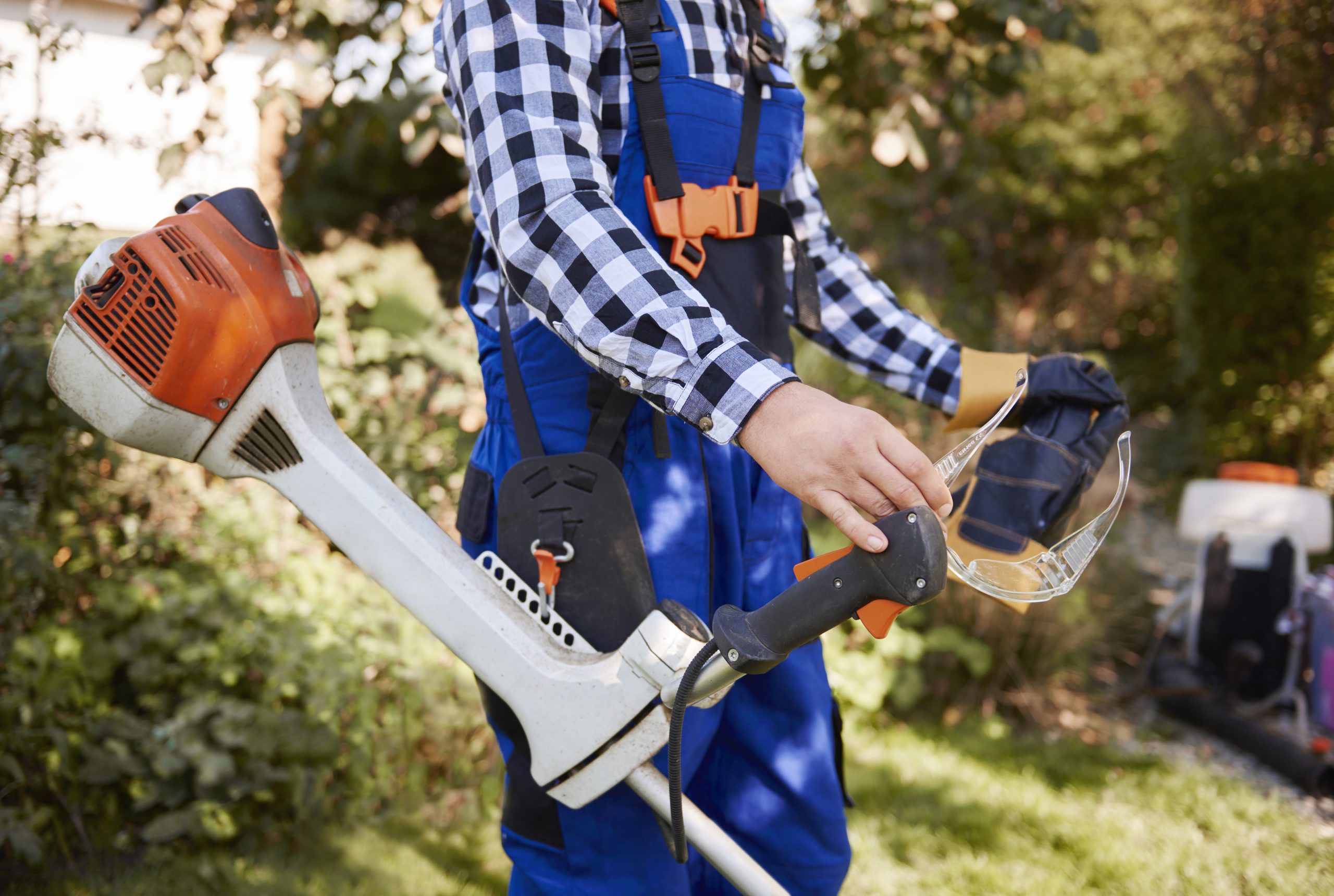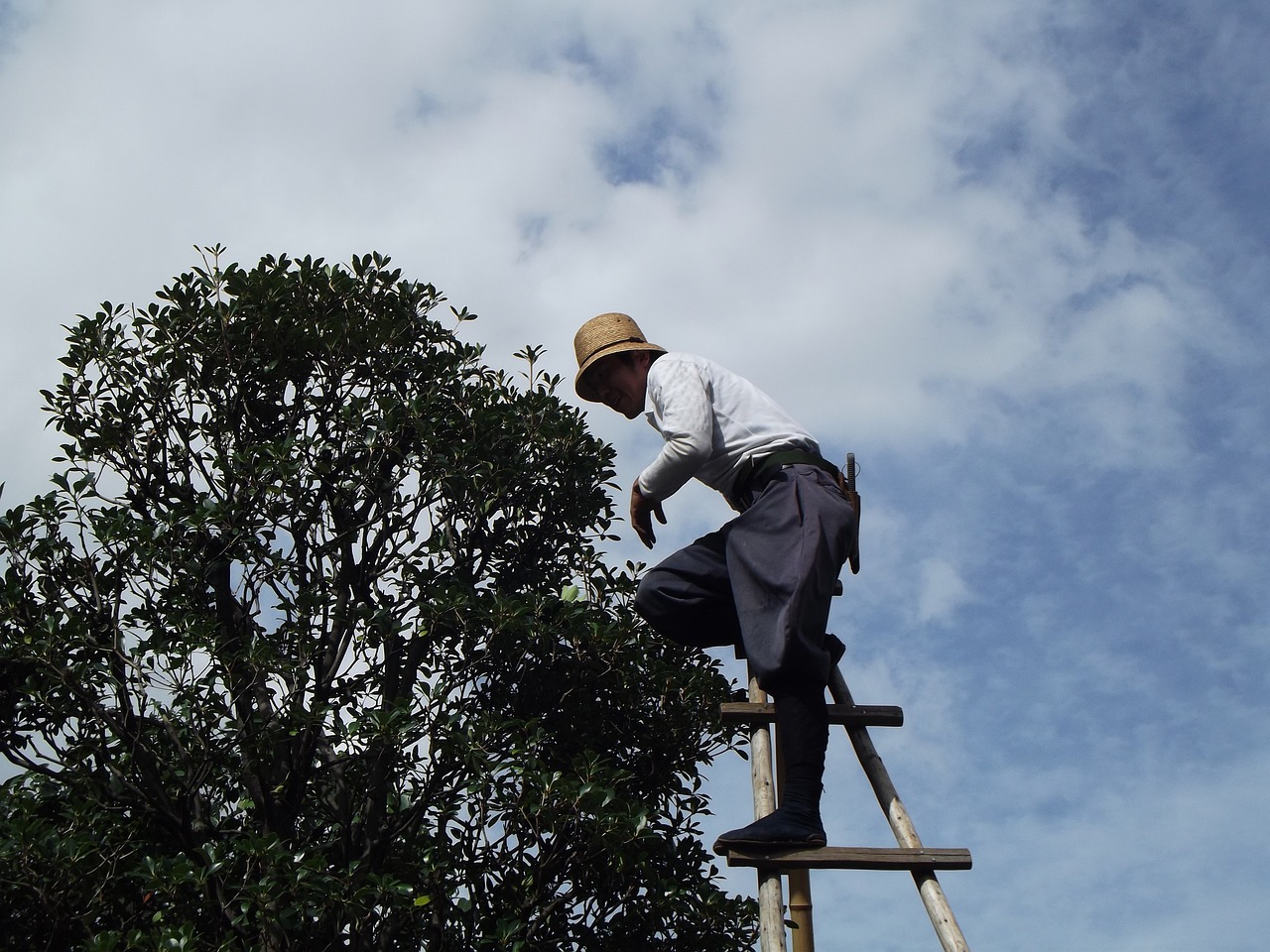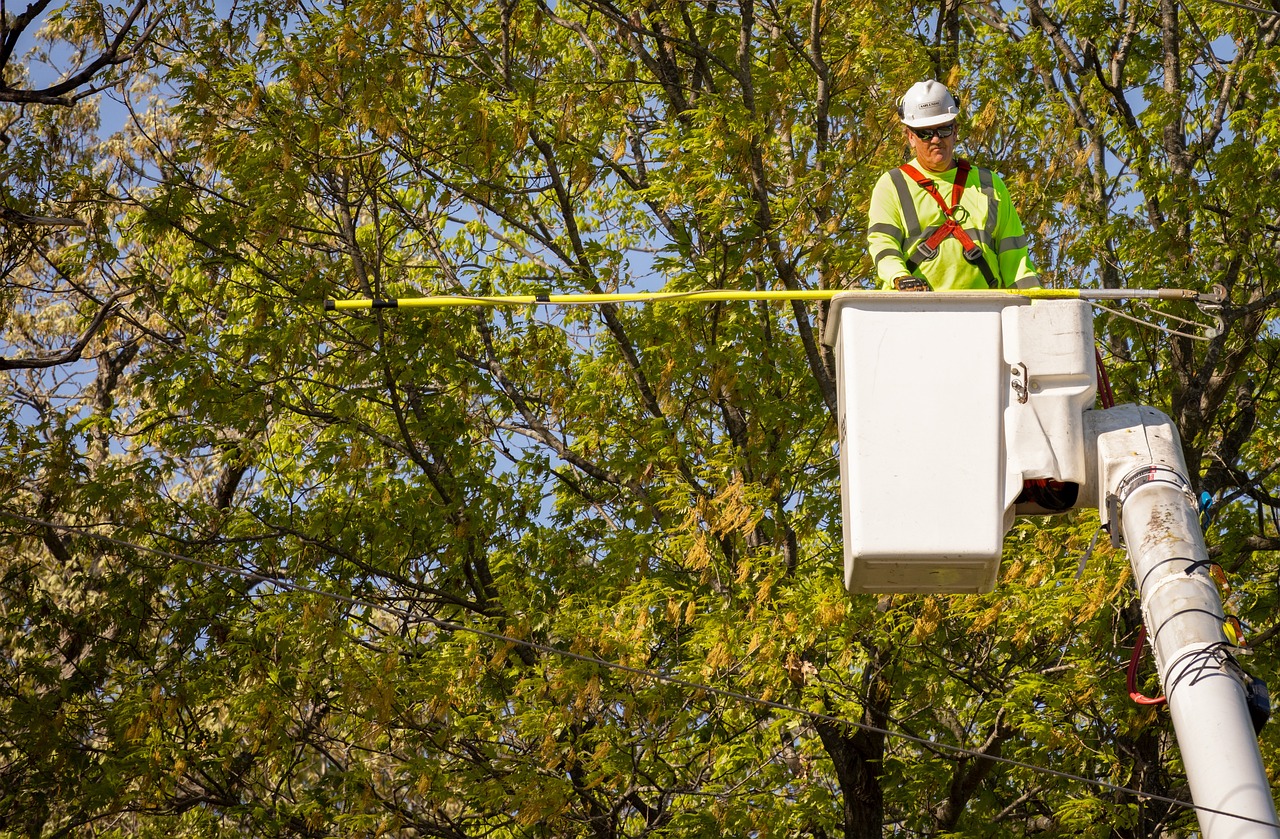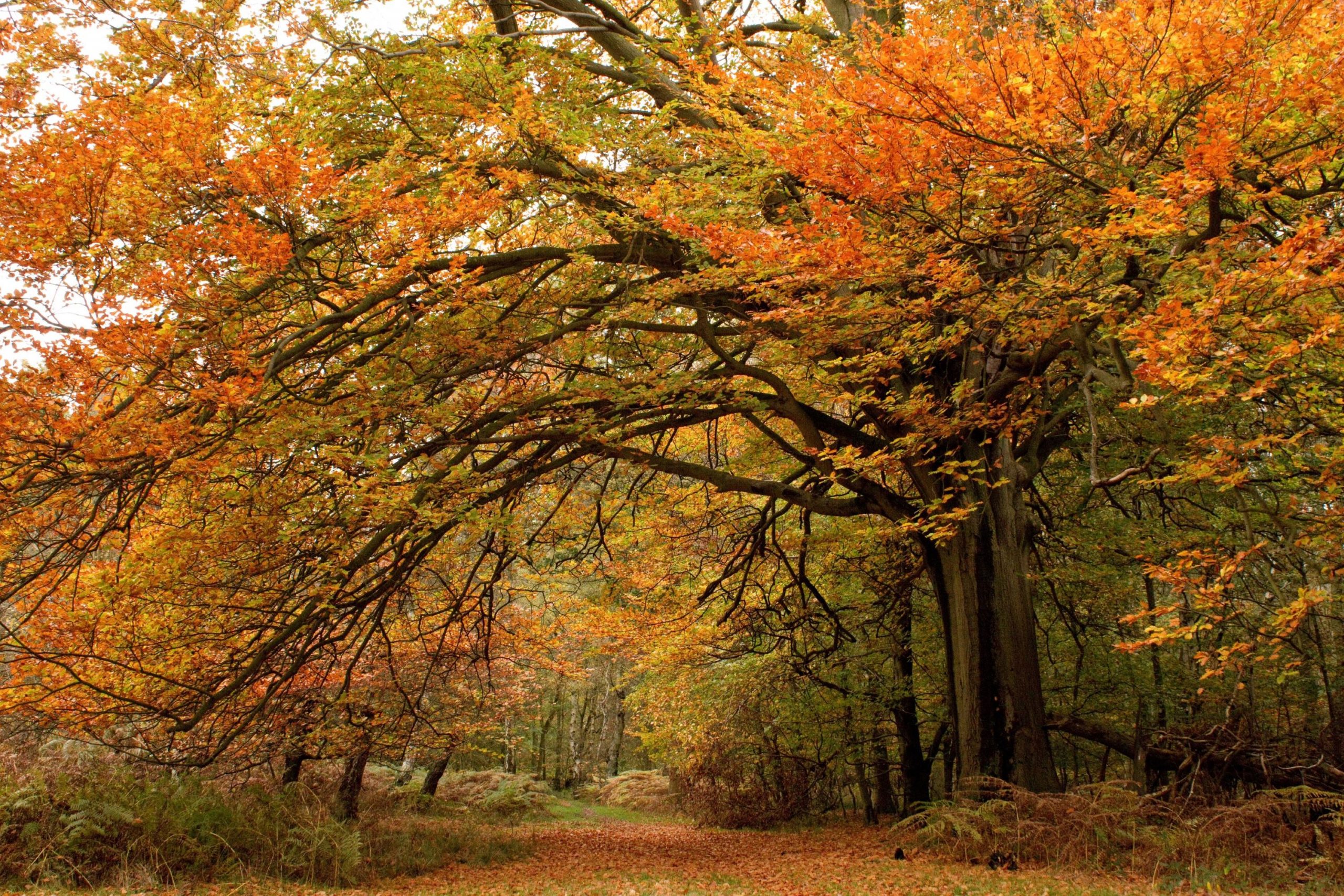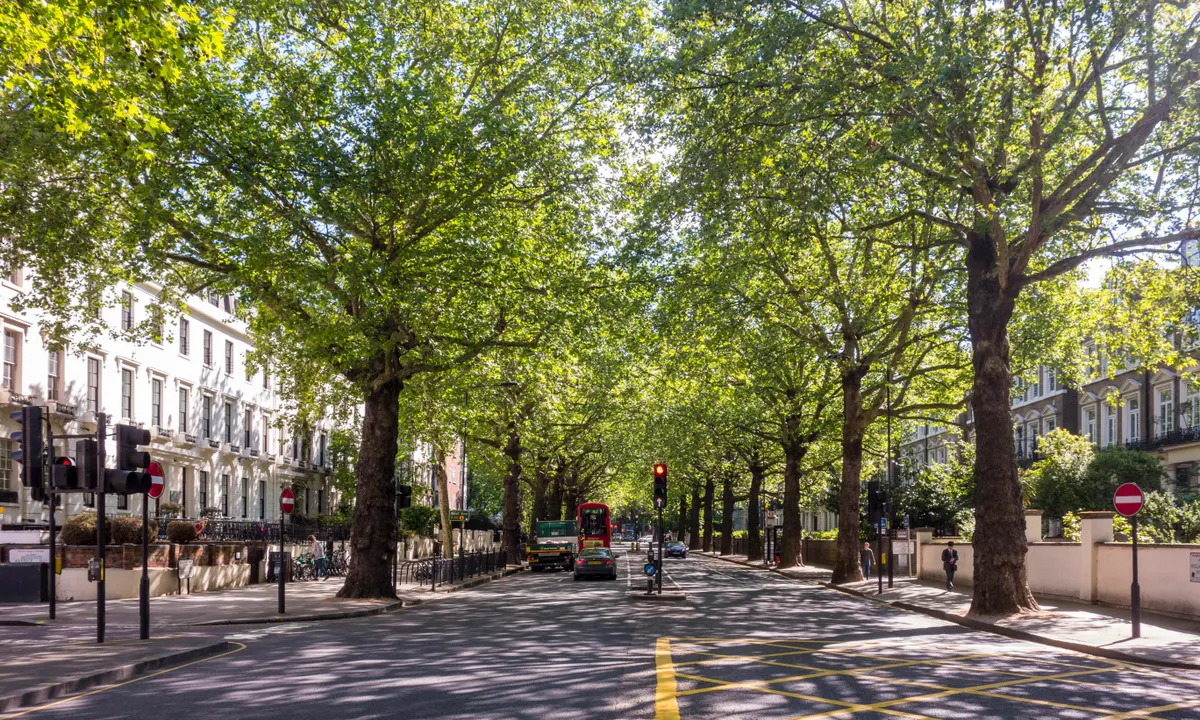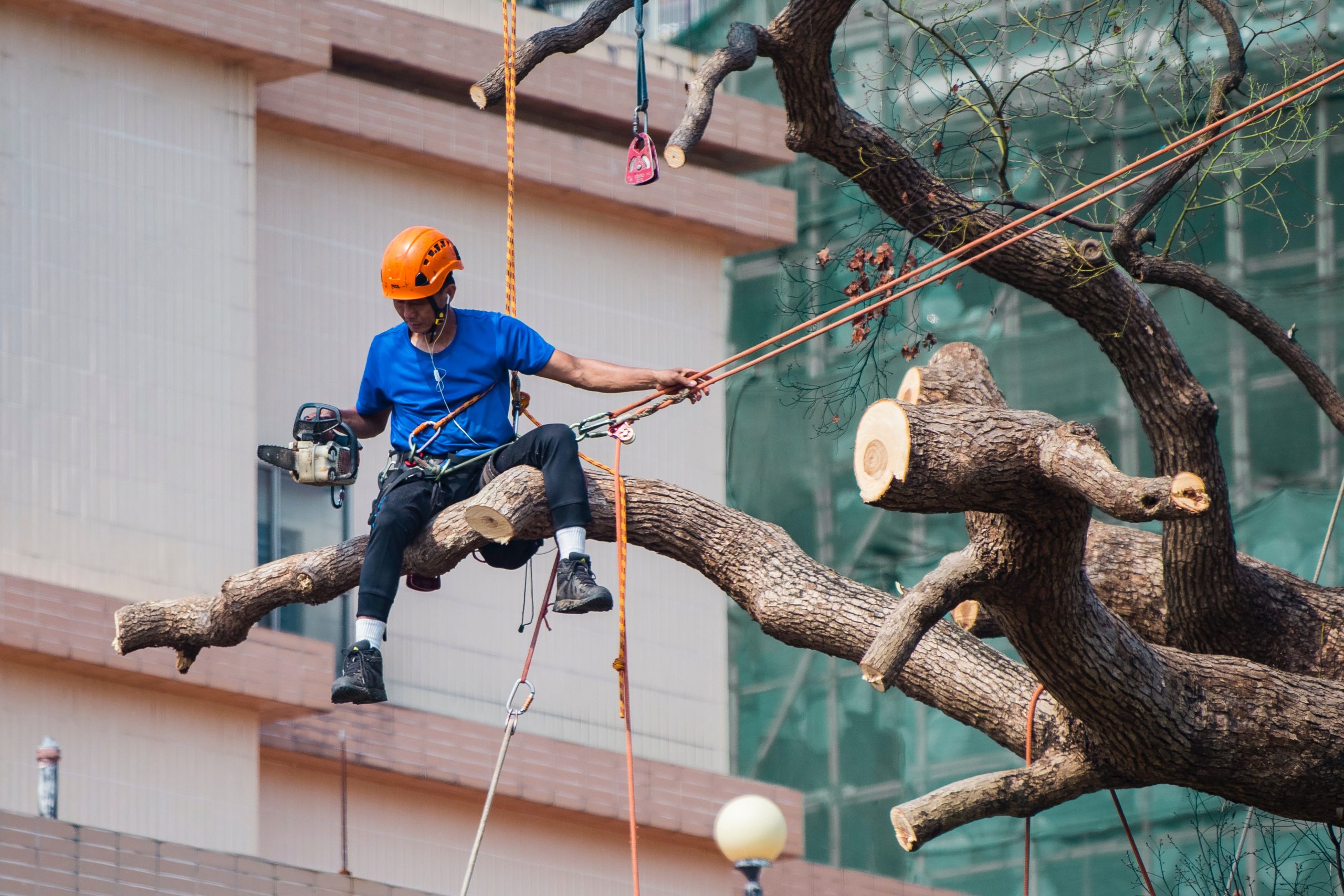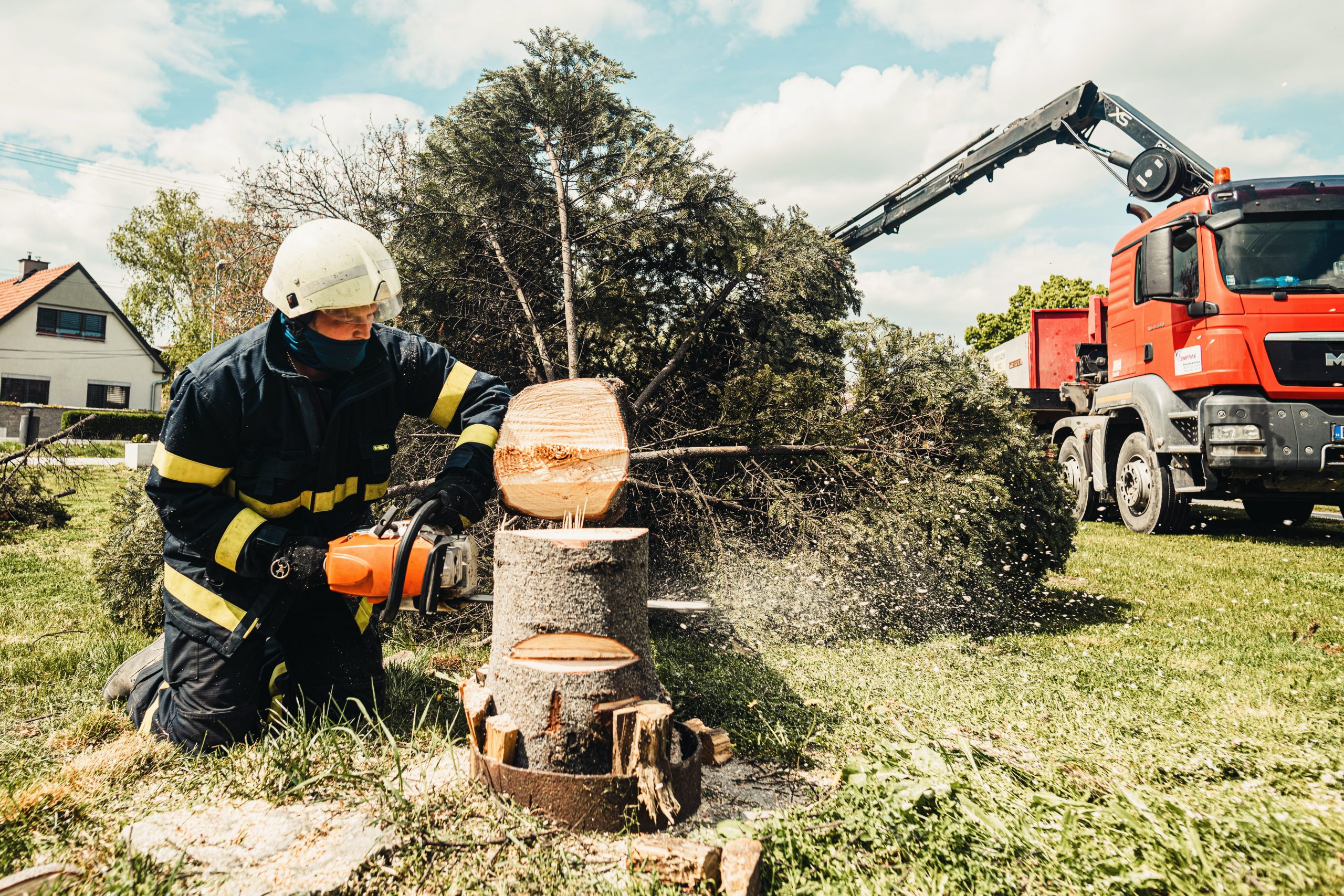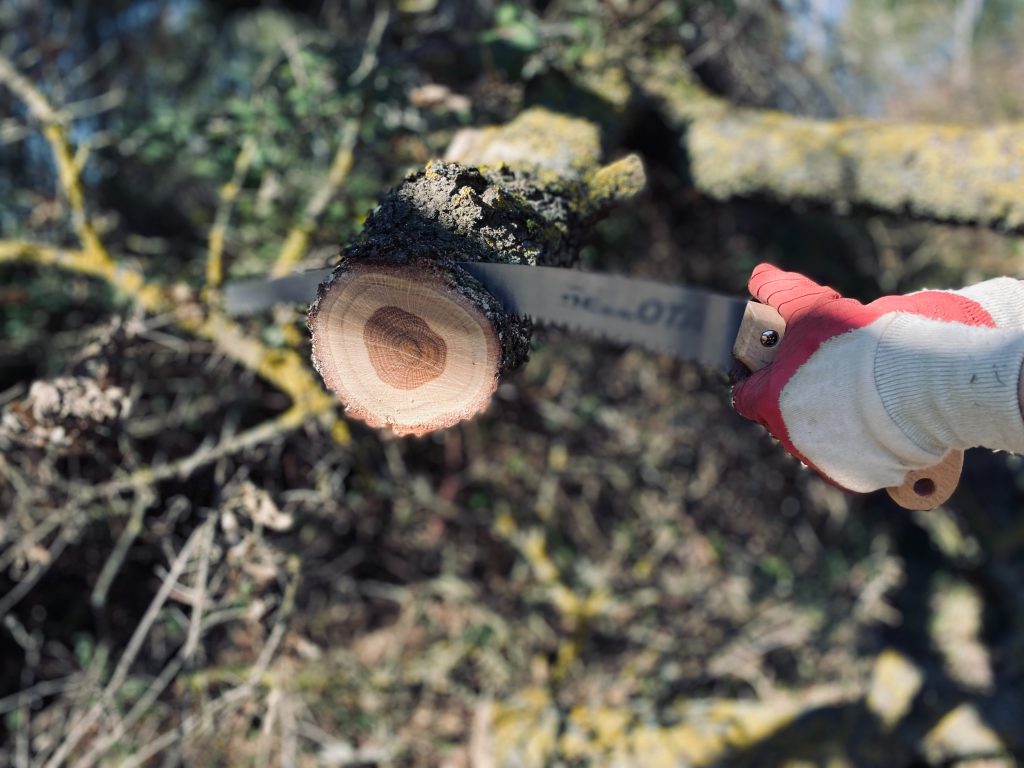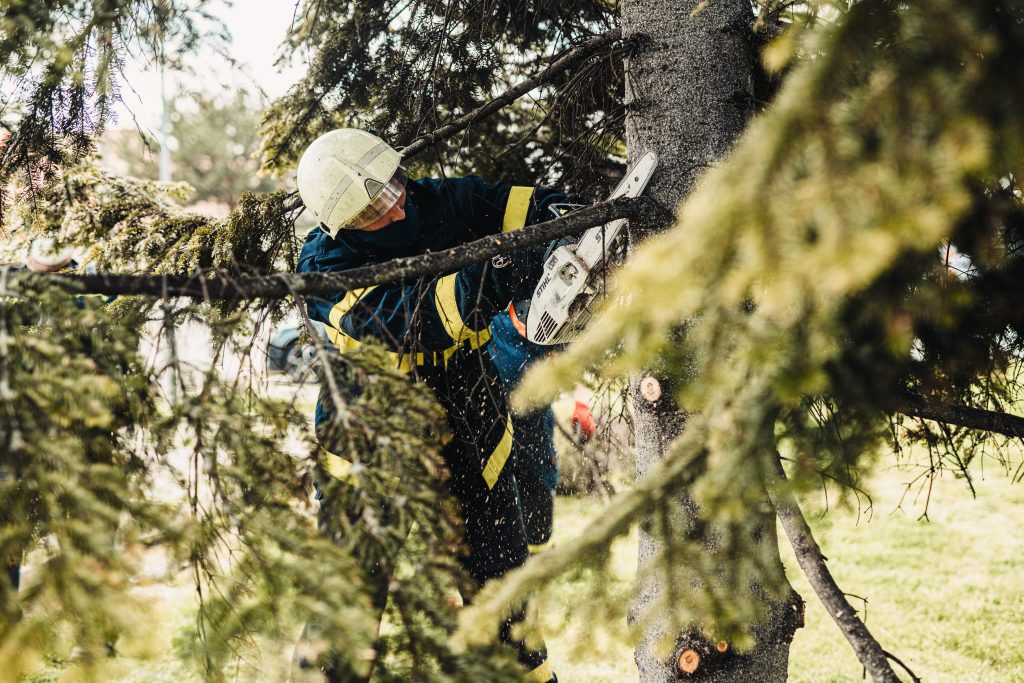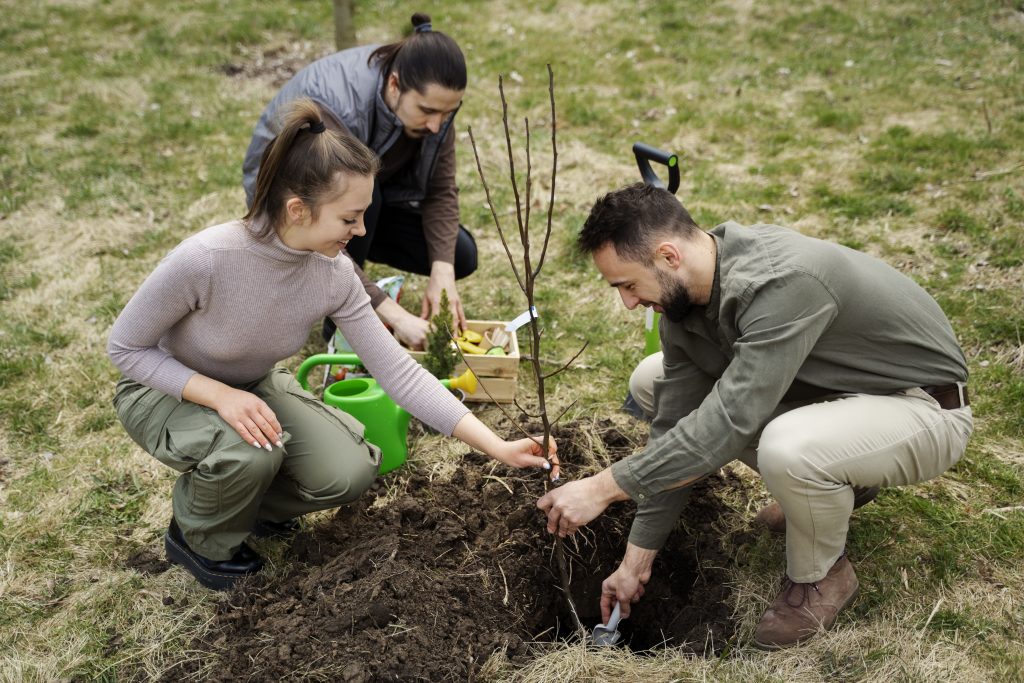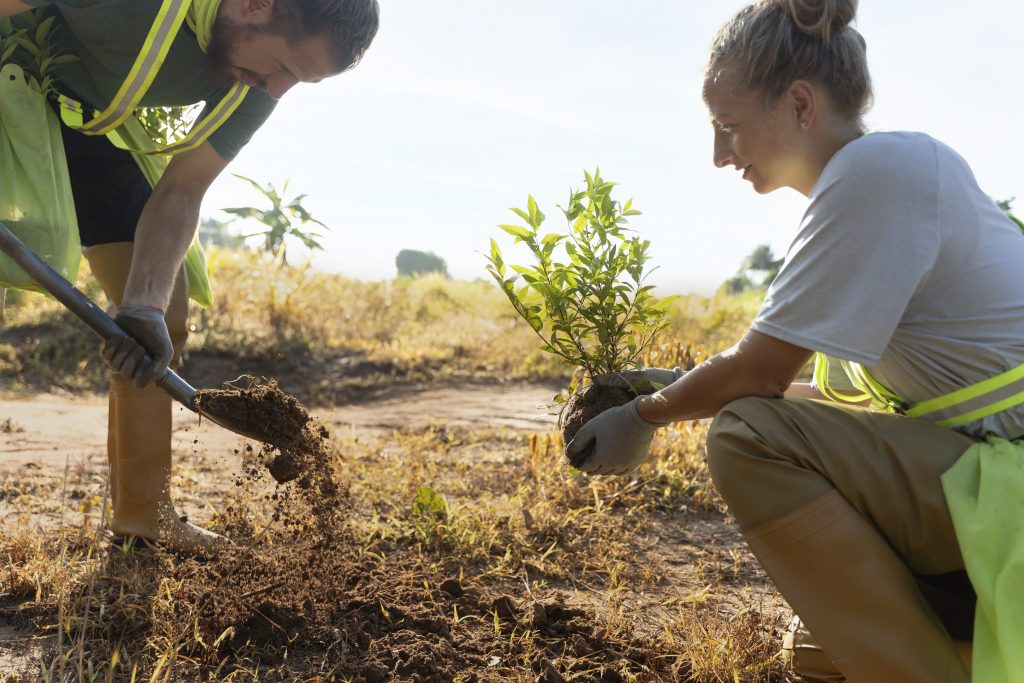UNDERSTANDING THE DIFFERENT TYPES OF TREE PRUNING
UNDERSTANDING THE DIFFERENT TYPES OF TREE PRUNING
Tree pruning is a horticultural practice that involves selectively trimming or cutting specific parts of a tree, such as branches, limbs, or shoots. The primary goal of tree pruning is to improve the health, structure, appearance, and overall well-being of the tree. Pruning is carried out for various reasons, including enhancing fruit production, promoting safety, preventing disease, and achieving aesthetic objectives. It’s important to understand the principles and techniques of tree pruning to ensure the best possible results.
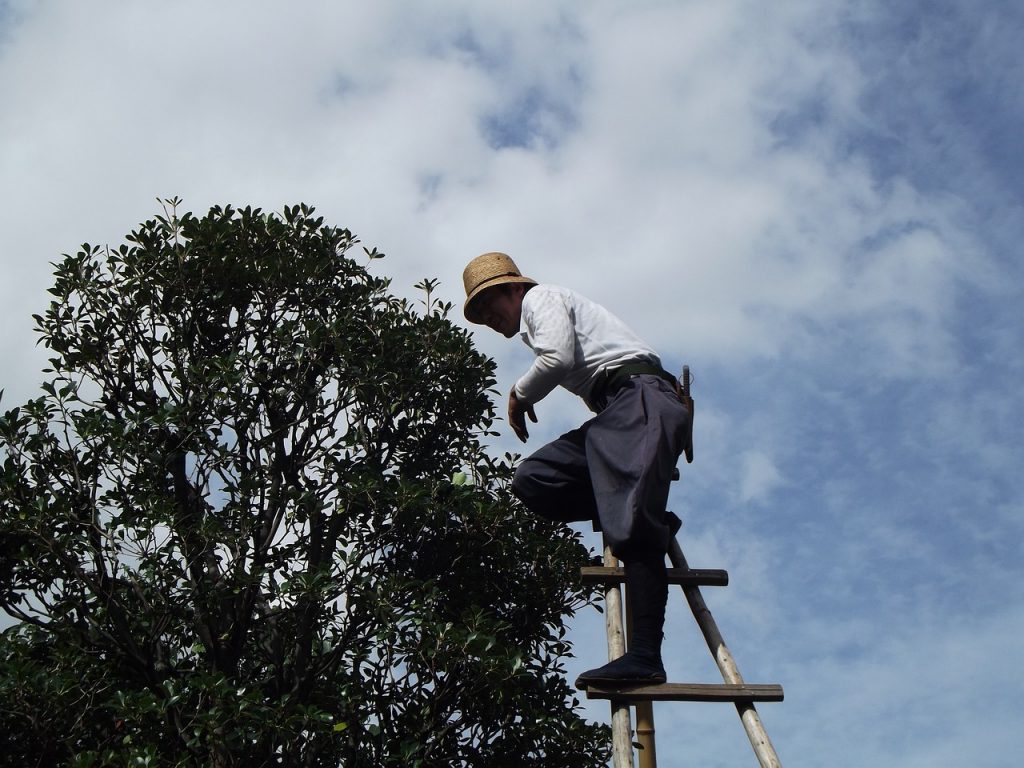
Key Aspects of Tree Pruning:
- Removal of Dead or Diseased Branches: Dead, diseased, or decayed branches not only detract from the tree’s appearance but can also pose safety risks. Pruning removes these compromised parts, preventing the spread of diseases and reducing the likelihood of falling branches.
- Thinning for Air Circulation and Light: Thinning involves selectively removing branches to increase air circulation and allow more sunlight to penetrate the tree’s canopy. Improved airflow reduces the risk of fungal diseases and encourages even growth throughout the tree.
- Shaping and Aesthetic Enhancement: Pruning can shape a tree to achieve a desired form or structure. This is often done for ornamental trees to enhance their aesthetic appeal and maintain a pleasing appearance in the landscape.
- Crown Reduction: Crown reduction involves reducing the overall size of the tree’s canopy. This is done carefully to maintain the tree’s health while addressing safety concerns or space constraints.
- Crown Raising: Crown raising entails removing lower branches to create clearance above the ground. This can improve visibility, allow for pedestrian traffic, and prevent branches from interfering with structures.
- Directional Pruning: Directional pruning guides the growth of a tree away from structures, utility lines, or undesired areas. It aims to maintain the tree’s health and shape while preventing potential conflicts.
- Restoration Pruning: Restoration pruning is used to rejuvenate neglected or damaged trees. It involves selective pruning to stimulate new growth and restore the tree’s health over time.
Benefits of Tree Pruning:
- Health: Proper pruning removes diseased and dead parts, reducing the risk of infections and promoting overall tree health.
- Safety: Pruning minimizes the risk of falling branches that could cause injuries or property damage.
- Aesthetics: Pruning enhances a tree’s appearance, maintaining a well-balanced and visually appealing shape.
- Fruit Production: Fruit trees benefit from pruning that improves light penetration, leading to better fruit development and higher yields.
- Air Circulation: Thinning promotes better air circulation through the canopy, reducing the likelihood of fungal infections.
- Structural Integrity: Pruning helps create strong tree structures that can withstand environmental stressors.
Tree pruning requires knowledge of tree biology, growth patterns, and proper techniques. While minor pruning tasks can be handled by homeowners, more complex or large-scale pruning should be conducted by certified arborists to ensure the health and safety of the tree.
Importance of Tree Pruning
Tree pruning is a fundamental practice in arboriculture with far-reaching benefits for both trees and the surrounding environment. It involves carefully and strategically trimming or removing branches to maintain tree health, structure, and aesthetics. The importance of tree pruning extends to various aspects, contributing to the well-being of trees, safety, and the overall quality of landscapes. Here’s why tree pruning is so crucial:
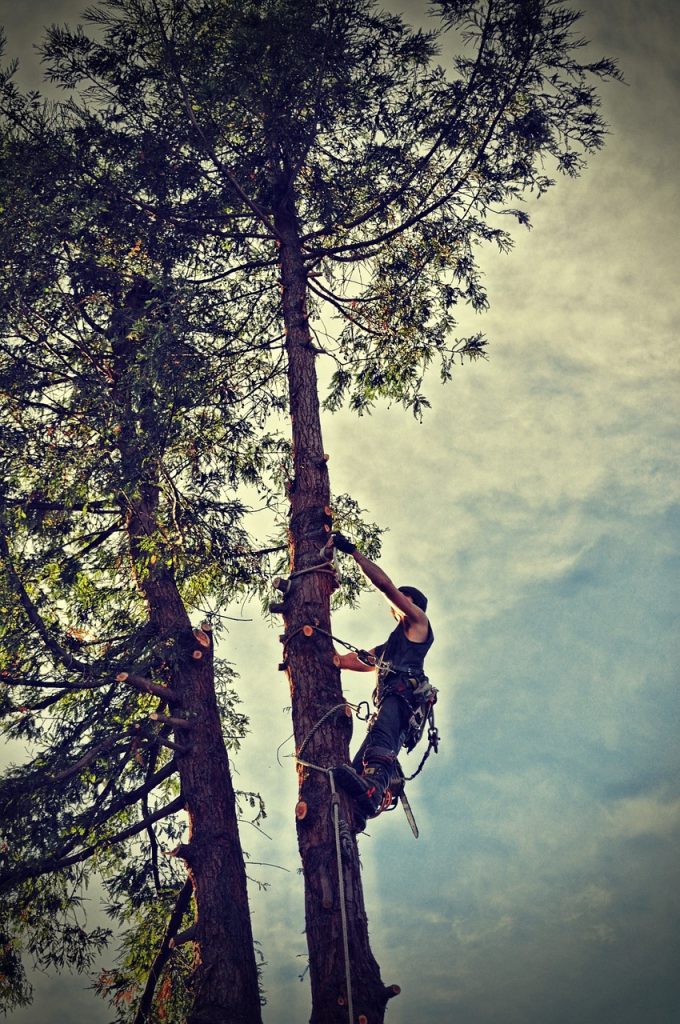
- Health and Vitality: Pruning removes dead, diseased, or decaying branches that can compromise a tree’s health. By eliminating these potential sources of infection, the tree can allocate resources to its healthy parts, promoting growth and resilience against diseases and pests.
- Disease Prevention and Control: Pruning assists in preventing the spread of diseases. Infected branches are pruned to stop diseases from reaching other parts of the tree or even other trees nearby. Proper pruning practices, such as thinning for increased airflow, can reduce the conditions conducive to fungal growth.
- Safety Enhancement: Dead or weak branches can pose significant safety hazards, particularly during storms or high winds. Pruning removes these potential risks, reducing the chances of falling branches that could damage property, injure people, or block pathways.
- Structural Integrity: Proper pruning can influence the growth direction of a tree. By selectively removing or trimming branches, arborists can shape the tree’s structure and promote strong, well-balanced growth. This is particularly important for young trees to establish a sturdy framework.
- Aesthetic Appeal: Tree pruning contributes to the visual beauty of landscapes. Well-pruned trees exhibit an attractive form, enhancing the overall appearance of properties, parks, and urban spaces.
- Improved Sunlight Penetration: Pruning opens up the canopy, allowing more sunlight to reach lower branches and the ground beneath. This is crucial for both the tree and the surrounding vegetation, as they all require adequate light for growth and vitality.
- Enhanced Fruit Production: Fruit-bearing trees benefit significantly from pruning. Proper thinning and shaping of branches allow for better sunlight exposure and air circulation, resulting in improved fruit quality, size, and yield.
- Reduction of Pest Habitat: Overgrown and dense canopies can provide favorable habitats for pests and insects. Pruning reduces these hiding spots, making it less attractive for pests to infest the tree.
- Increased Longevity: Pruning extends the lifespan of trees. Regular care, including removing weak branches, helps trees withstand environmental stressors and ensures they can thrive for decades.
- Professional Guidance: Engaging certified arborists for pruning ensures that the right techniques are applied. Arborists consider the species, age, and condition of the tree, tailoring the pruning process to its specific needs.
In conclusion, the importance of tree pruning is multifaceted, encompassing health, safety, aesthetics, and ecosystem benefits. Proper pruning, conducted with knowledge and expertise, contributes to the longevity, vitality, and beauty of trees, while also fostering a safer and more inviting environment for people and wildlife alike.
Structural Pruning
Structural pruning is a specialized technique in tree care that involves shaping and guiding the growth of a tree’s structure to create a sturdy and well-balanced framework. This practice is particularly important for young trees as it sets the foundation for their long-term health, aesthetics, and structural integrity. Structural pruning is aimed at establishing a sound branching pattern, preventing potential problems, and promoting optimal growth. Here’s a breakdown of its key aspects:
- Definition and Purpose of Structural Pruning: Structural pruning, also known as developmental pruning, focuses on training a tree’s growth in its early stages to encourage a strong and resilient form. The goal is to create a tree structure that can withstand external pressures such as wind, storms, and gravity, while also preventing potential issues that may arise from poor branch attachment or overcrowded growth.
- Creating a Strong and Balanced Tree Framework: The central purpose of structural pruning is to establish a well-balanced framework of branches that radiate out from a sturdy central leader or main trunk. This involves:
- Identifying and retaining a central leader: A dominant, upright stem that forms the central axis of the tree.
- Selecting scaffold branches: Strong lateral branches that emerge at regular intervals along the main stem. These branches should have wide angles of attachment to prevent weak crotches.
By strategically selecting and shaping these main branches, the tree’s weight distribution is optimized, reducing the risk of uneven growth and branch failure. A well-structured tree is less likely to develop structural weaknesses that could lead to safety hazards in the future.
- Training Young Trees for Proper Growth and Form: Proper structural pruning begins when trees are young and flexible. Training young trees involves techniques such as:
- Subordination: Reducing the growth of competing branches to promote the central leader’s dominance.
- Strategic pruning: Removing or reducing branches that develop at inappropriate angles or compete with the central leader.
- Pruning for balance: Adjusting the lengths of scaffold branches to maintain a harmonious, symmetrical form.
Training young trees through structural pruning allows them to develop a natural, healthy architecture that maximizes their growth potential while minimizing the risk of structural defects or weak attachments.
In conclusion, structural pruning is a proactive approach that ensures trees grow with a strong, balanced structure from the outset. By carefully selecting, shaping, and guiding branches during a tree’s early years, arborists and tree care professionals set the stage for a healthier, safer, and more aesthetically pleasing tree in the long term. Structural pruning is an investment in a tree’s future, contributing to its overall longevity and ability to withstand environmental challenges.
Deadwooding
Deadwooding is a critical tree care practice that involves the removal of dead, dying, or decayed branches from a tree’s canopy. This technique not only enhances the tree’s appearance but also contributes to its overall health, safety, and well-being. Here’s an exploration of the key aspects of deadwooding:
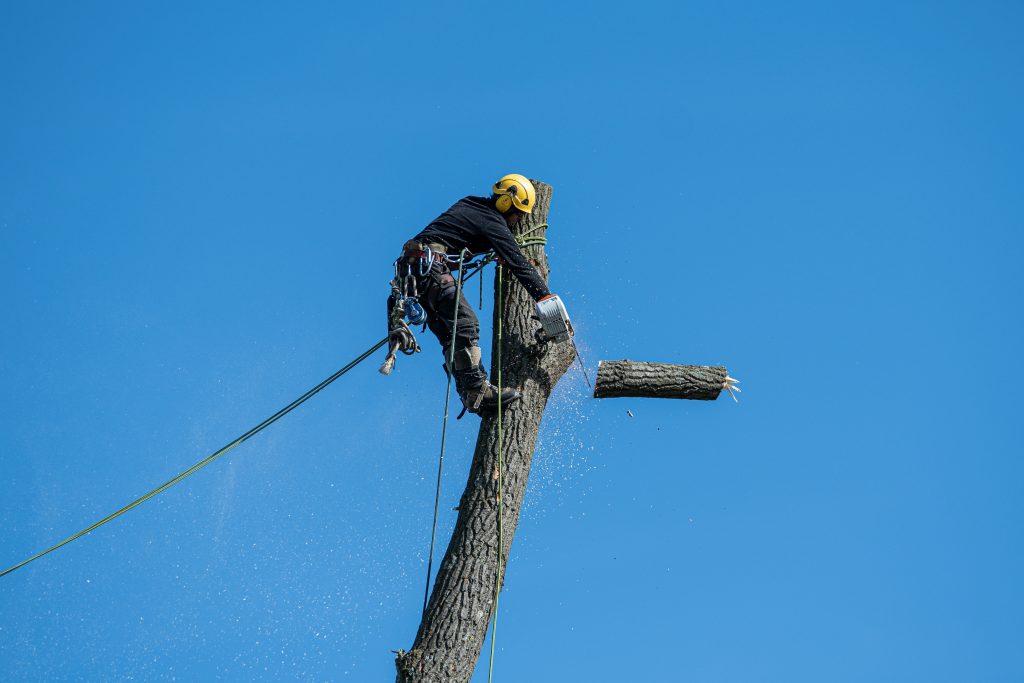
- Definition and Importance of Deadwooding: Deadwooding refers to the removal of branches that are no longer living, often characterized by brittle, discolored, or dried-out wood. While dead branches might seem harmless, they can pose serious risks to both the tree and its surroundings. Deadwooding is essential for promoting tree health, preventing safety hazards, and maintaining the overall aesthetic value of the tree.
- Removal of Dead, Diseased, or Decayed Branches: The primary focus of deadwooding is to eliminate branches that are no longer contributing to the tree’s vitality. This includes:
- Dead Branches: Branches that have lost all signs of life and show no new growth.
- Diseased Branches: Portions of the tree affected by diseases that can spread to healthy parts if not promptly removed.
- Decayed Branches: Branches with internal decay caused by fungi or insects, weakening the branch’s structural integrity.
Removing these branches is crucial to prevent further deterioration and to redirect the tree’s resources to healthy growth. By doing so, the overall health and longevity of the tree are preserved.
- Mitigating Safety Hazards and Preventing Disease Spread: Deadwooding has several safety-related benefits:
- Preventing Branch Failure: Dead branches are more susceptible to breaking or falling, especially during storms or windy conditions. Their removal reduces the risk of falling debris that could cause property damage or harm to people.
- Reducing Pest Attraction: Deadwood can attract pests, such as insects and fungi, that thrive on decaying material. By removing dead branches, the risk of pest infestations is diminished.
- Minimizing Disease Spread: Infected branches can be sources of disease that spread to other parts of the tree or nearby trees. Deadwooding prevents diseases from gaining a foothold and spreading.
In urban and suburban settings, where trees are often in close proximity to people, buildings, and vehicles, deadwooding plays a crucial role in maintaining a safe and hazard-free environment.
About Murray, Utah
Murray is a city situated on the Wasatch Front in the core of Salt Lake Valley in the U.S. state of Utah. Named for territorial governor Eli Murray, it is the state's fourteenth largest city. According to the 2020 census, Murray had a population of 50,637. Murray shares borders with Taylorsville, Holladay, South Salt Lake and West Jordan, Utah. Once teeming with heavy industry, Murray's industrial sector now has little trace and has been replaced by major mercantile sectors. Known for its central location in Salt Lake County, Murray has been called the Hub of Salt Lake County. Unlike most of its neighboring communities, Murray operates its own police, fire, power, water, library, and parks and recreation departments and has its own school district. While maintaining many of its own services, Murray has one of the lowest city tax rates in the state.
Neighborhoods in Murray, Utah
Murray Oakes, Grant Park, Southwood Park, Murray Park, Murray Park Restrooms, Willow Pond Park, Neighborhood Veterinary Care
Things To Do in Murray, Utah
Bus Stops in Murray, Utah to Truco Services, Inc.
Bus Stop in Murray Central Station (Bay C) Murray, Utah to Truco Services, Inc.
Bus Stop in State St @ 4801 S Murray, Utah to Truco Services, Inc.
Bus Stop in Murray North Station Murray, Utah to Truco Services, Inc.
Bus Stop in State St @ 4949 S Murray, Utah to Truco Services, Inc.
Bus Stop in Murray Central Frontrunner/Trax Station Murray, Utah to Truco Services, Inc.
Bus Stop in Murray Blvd / Vine St (SB) Murray, Utah to Truco Services, Inc.
Bus Stop in State St @ 3925 S Murray, Utah to Truco Services, Inc.
Bus Stop in State St @ 4824 S Murray, Utah to Truco Services, Inc.
Bus Stop in State St @ 5223 S Murray, Utah to Truco Services, Inc.
Bus Stop in Murray Blvd / Allendale Dr (NB) Murray, Utah to Truco Services, Inc.
Bus Stop in Murray Blvd @ 5039 S Murray, Utah to Truco Services, Inc.
Bus Stop in State St @ 4721 S Murray, Utah to Truco Services, Inc.
Driving Directions in Murray, Utah to Truco Services, Inc.
Driving Directions from Woodruff Tree Trimming and Removal to 4640 Commerce Dr, Murray, UT 84107, USA
Driving Directions from Reliable Tree Care to 4640 Commerce Dr, Murray, UT 84107, USA
Driving Directions from Tree Pro-Tech to 4640 Commerce Dr, Murray, UT 84107, USA
Driving Directions from Prestige Tree And Landscape to 4640 Commerce Dr, Murray, UT 84107, USA
Driving Directions from Excellence Tree & Landscape to 4640 Commerce Dr, Murray, UT 84107, USA
Driving Directions from Amen Trees to 4640 Commerce Dr, Murray, UT 84107, USA
Driving Directions from Tim's Tree Care to 4640 Commerce Dr, Murray, UT 84107, USA
Driving Directions from Jordan Tree Service - Murray to 4640 Commerce Dr, Murray, UT 84107, USA
Driving Directions from Arbor Works to 4640 Commerce Dr, Murray, UT 84107, USA
Driving Directions from Diamond Tree Experts to 4640 Commerce Dr, Murray, UT 84107, USA
Driving Directions from Green Tree Arborist to 4640 Commerce Dr, Murray, UT 84107, USA
Driving Directions from TruCo Services to 4640 Commerce Dr, Murray, UT 84107, USA
Reviews for Truco Services, Inc. Murray, Utah
Emily Abercrombie
We had a great experience with TruCo! They were well priced, responsive and prompt. Michael was a pleasure to work with and gave us advice on which plants to put in where we took out our ugly old shrubs. I would highly recommend this company!!!
Michelle Turpin
TruCo Services gets 5 stars from us for customer service. We experienced a few issues with their services this last year and Rob Eccles in senior management, stepped in and immediately handled our issues. He was very committed to making sure they understood our expectations and would execute to make us happy.
Siobhan Billingsley
I work for a property management company and have the pleasure of working with Rob at a community in Sandy. He has been incredible to work with and always responds in a timely manner. He knows all the homeowners by name and address and is aware of all the "problem" areas when it comes to sprinklers. I never have to worry about following up with him because he always reaches out to provide me with an update. If you're looking to work with someone who takes pride in their job, is professional, and can solve the worst landscaping problems thrown your way, Rob is your guy. Thank you, Rob for all you do!
Jaime S.
We have used Truco at 2 of the complexes we manage, they have been great to work with. Good quality service, outstanding customer service with good communication. That's hard to find these days. I highly recommend them. Travis has been awesome to work with.
Jerusha Smart
We use TruCo for a majority of our properties and our home. While other landscaping companies we use come and go for various reasons like cost, communication issues, work performance, etc., TruCo is always consistent in price and work. Also, Rob is the best.
